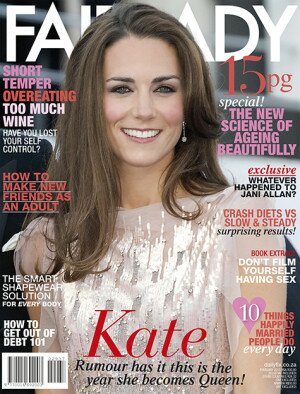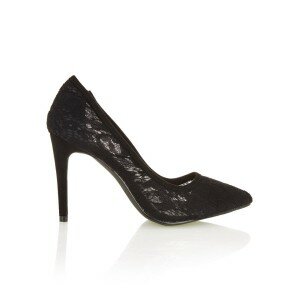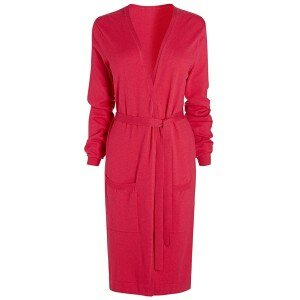-
Protect your designs
31 March 2014
Many of our readers run their own small business and many of these are rooted in product design, both functional and aesthetic. The common conception is that you have to spend money on lawyers to protect everything you design, but it seems this is not always the case. The Design Institute of the South African Bureau of Standards (SABS) publishes Your Guide to Intellectual Property Rights in South Africa, a handy guide for designers and others that gives information on how you should go about protecting your designs, which are your intellectual property.
Definition
‘Intellectual property’ is defined as a general term for intangible property rights that are a result of intellectual effort. The main intellectual property rights are designs, patents, trademarks and copyright. According to the Design Institute, your ideas, works and product designs constitute intellectual property whether the product is functional or aesthetic.Legal protection
Your intellectual property is protected by law. This is often the only power you have against big companies. Your intellectual property is also the prime value that you can sell or licence to powerful corporations. These same powerful corporations also need to prevent unauthorised use and competition.
The South African intellectual property division of CIPRO (the Companies and Intellectual Property Registration Office) registers designs, patents, trademarks and copyright and keeps records of all designs, patents, trademarks and copyright lodged in South Africa, including the details of the owners or the proprietors.
The Berne Copyright Convention, which is also supported by South Africa, stipulates the basic principles of copyright law for member countries.Copyright
Literary works, musical works, artistic works, cinematograph films, sound recordings, broadcasts, programme-carrying signals, published editions and computer programs are protected by copyright in South Africa.
‘Artistic work’ is defined as drawings, which includes technical drawings or diagrams, map charts or plans, paintings, sculptures, engravings and photographs whether they have any artistic quality or not, as well as works of architecture and works of craftsmanship.
‘Drawings’ include engineering and industrial design drawings. ‘Works of craftsmanship’ include three-dimensional articles such as prototypes and models.
Anybody who makes a three-dimensional copy of your two-dimensional artistic work such as a drawing infringes your copyright and this could also include making a two-dimensional reproduction of a three-dimensional work.Who owns the copyright?
You, the author or creator of a copyright work, usually becomes the first owner of the copyright if you are self-employed. If you work for a company under an employment contract or apprenticeship your employer becomes the owner. The copyright on your work can be transferred or licensed in writing.How are you protected?
According to the Berne Convention, copyright starts automatically when you make something. This protection prevents anyone else from making a copy or reproduction of your work, publishing it and trading in it. Somebody who makes a copy of your work, publishes it or trades in it without your permission, commits an act of direct infringement of your copyright. Actual copying of your work must have been done and any reproduction must be substantially similar to your original work.
Protection of your copyright extends to direct infringement when someone deals with copies of a copyright knowing that it is copyright infringement, such as importing, selling or dealing in the infringing copies or acquiring a computer program.
The Design Institute states that copyright law protects your reputation and identity by giving you the right to take action against distortion or mutilation of the work in a way that affects your honour or reputation, even if you have transferred the ownership. Even a copy of a copy of your work will be an infringement of your copyright.Exceptions
Three-dimensional products made firstly to be functional in an industrial process are excluded. Use during research, private study or personal use and fair review or criticism or reporting of current events are also excluded.Duration
Copyright starts immediately and covers artistic works, except photographs. Copyright is yours and lasts until 50 years after your death and for photographs, cine films and computer programs 50 years after the work is first lawfully made available.Costs
Copyright starts automatically by law, according to the Berne Convention. Only film copyright can be registered in South Africa. For registration of designs, you do not have to register officially before you show your design to anyone, but it is a good idea to put the date, your name and a copyright statement such as ‘Copyright reserved’, signed by a witness and authenticated by a commissioner of oaths, on your original copy.
To register your design costs R240 for the revenue stamp if you file the application yourself; renewal fees are about R150.
This registration is valid only in South Africa. You can get protection in other countries, but the applications have to be filed in those countries. Copyright does not protect the underlying concepts of a design, but only the particular rendition. When your design has been registered, you can mark it with the words ‘registered design’ and the registration number, to enable you to recover infringement damages. It is a criminal offence to indicate that a design is registered if it is not.
Go to www.cipro.gov.za for more information on registering a design.Tips
• If you are commissioned to create a design, be sure to protect yourself by ensuring that the contract correctly indicates what you will do and what your rights to the design are.
• When going to see a potential client, put the date, your name, the name of your company and the words ‘Copyright reserved’ on the original. Make a copy of the original and have it certified by a Commissioner of Oaths as a true copy of the original. Ask the potential client to sign the copy of the original.
• This will enable you to prove that it was your work and you can then bring action against the potential client if your design is used without your permission. Potential clients who see that you are protecting your copyright are likely to be much more careful about using your designs without your permission.Text and image source: Ideas magazine













